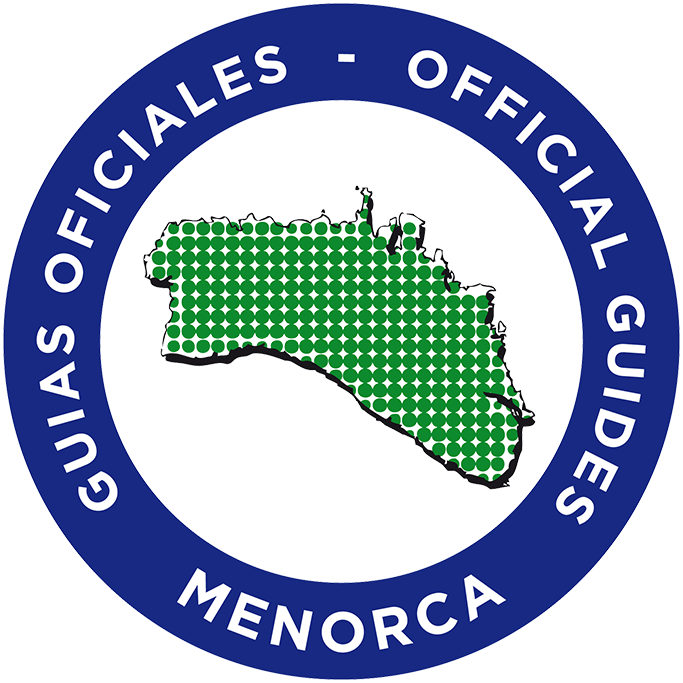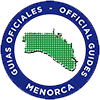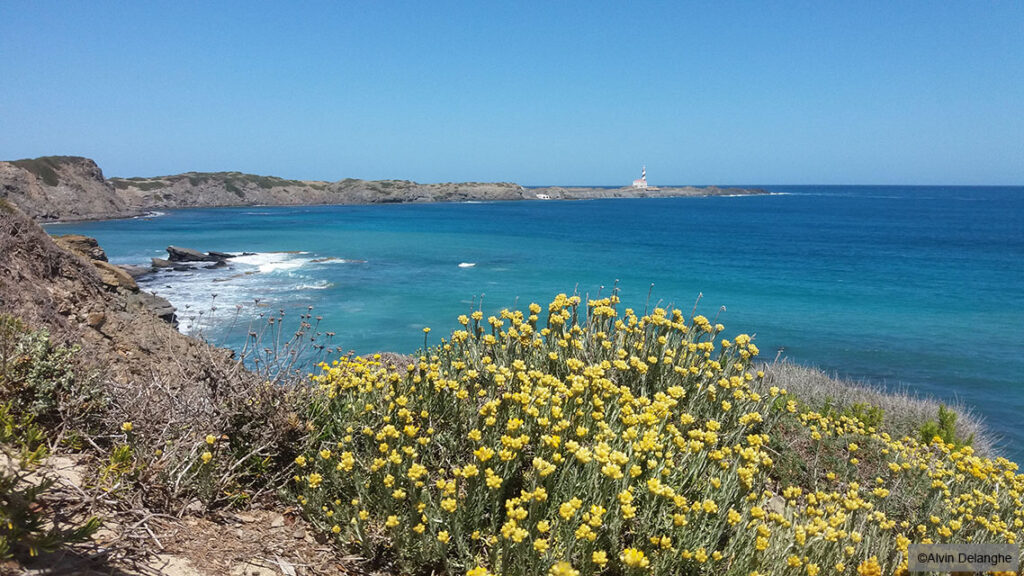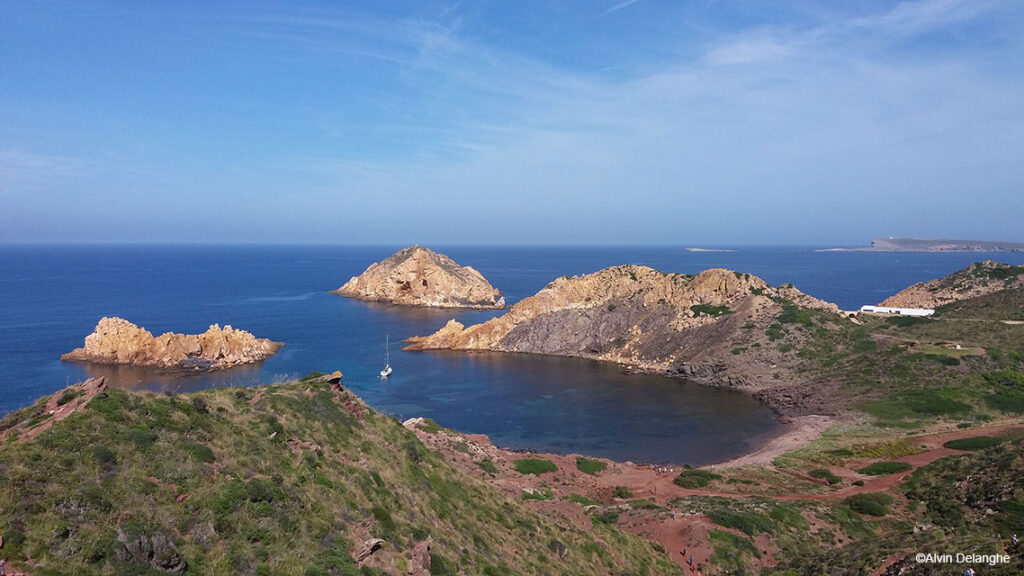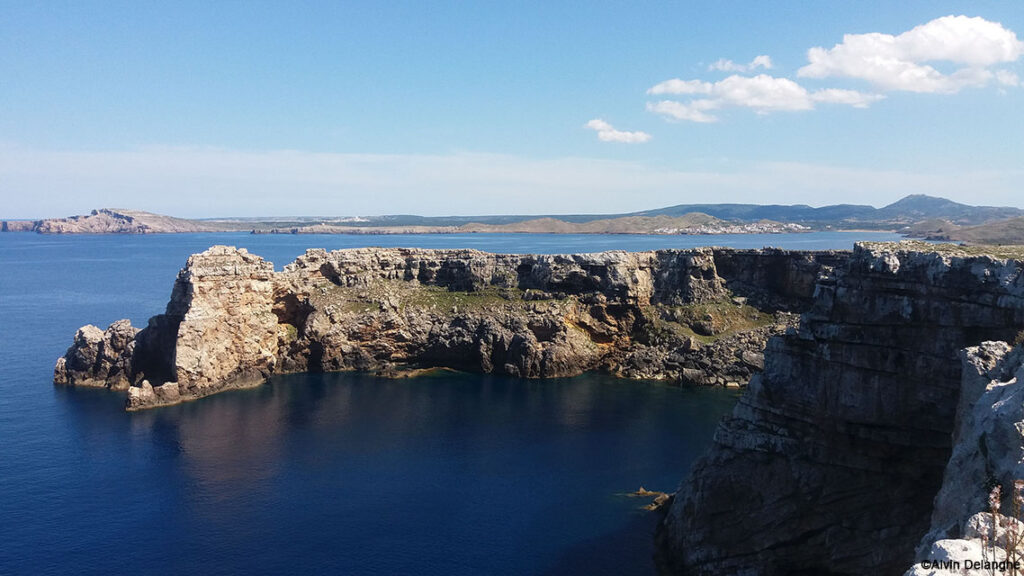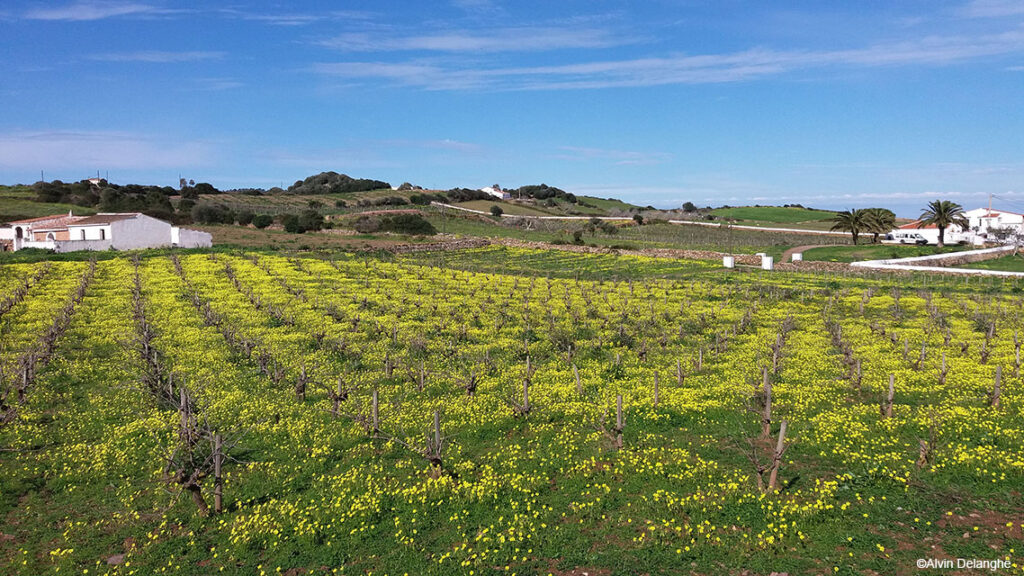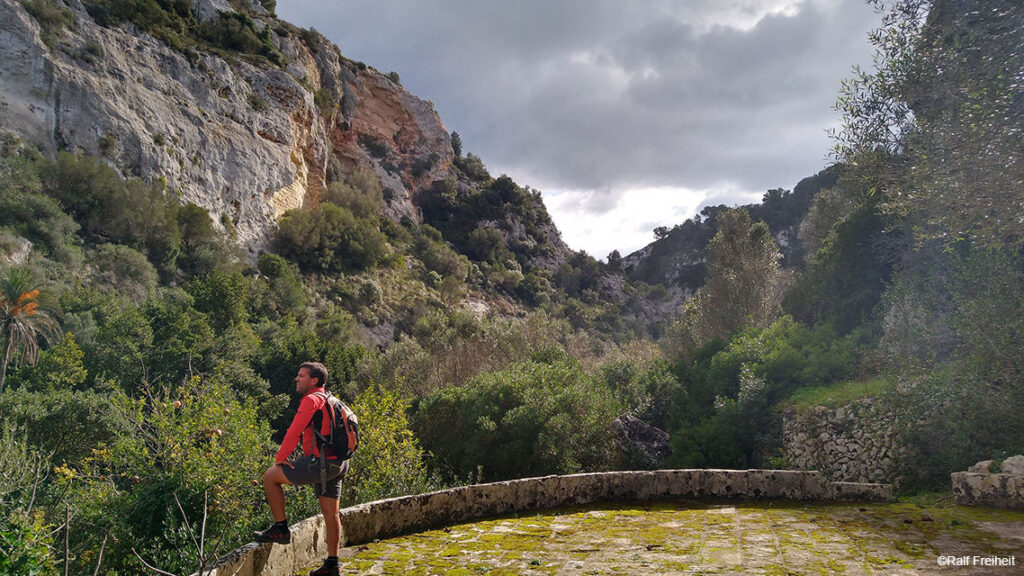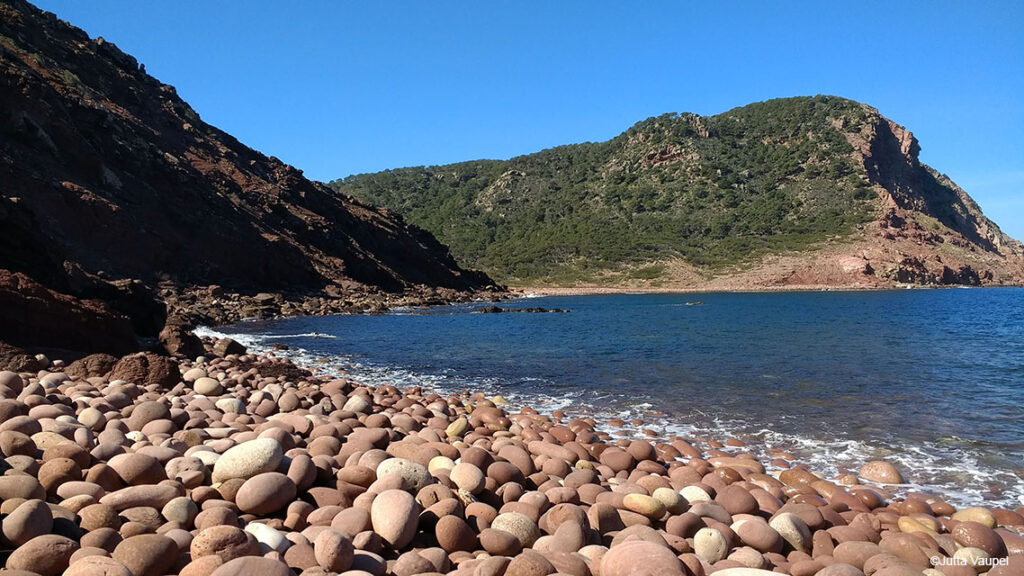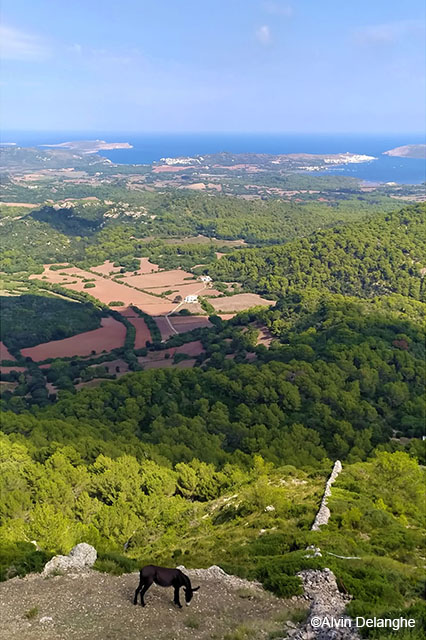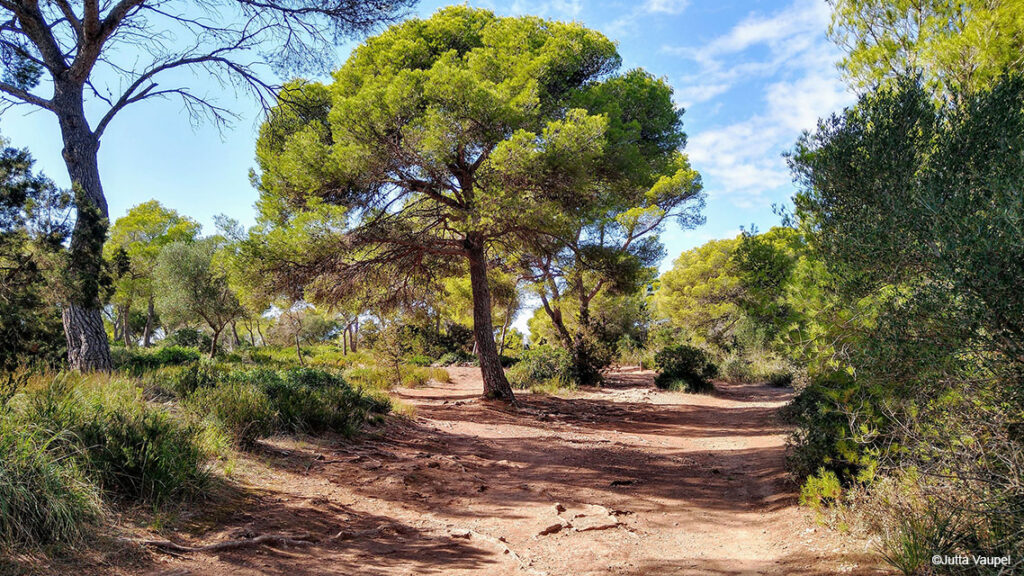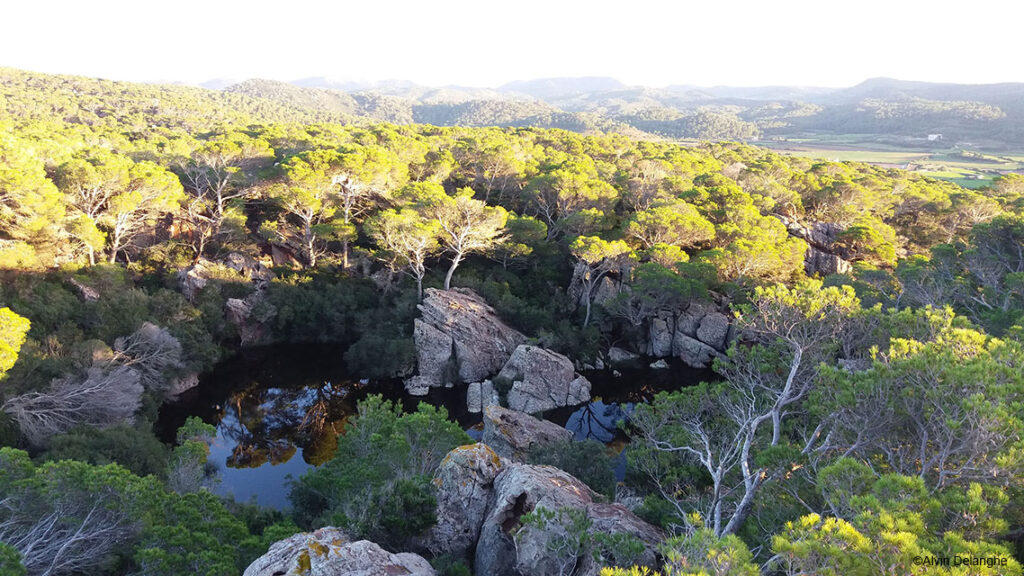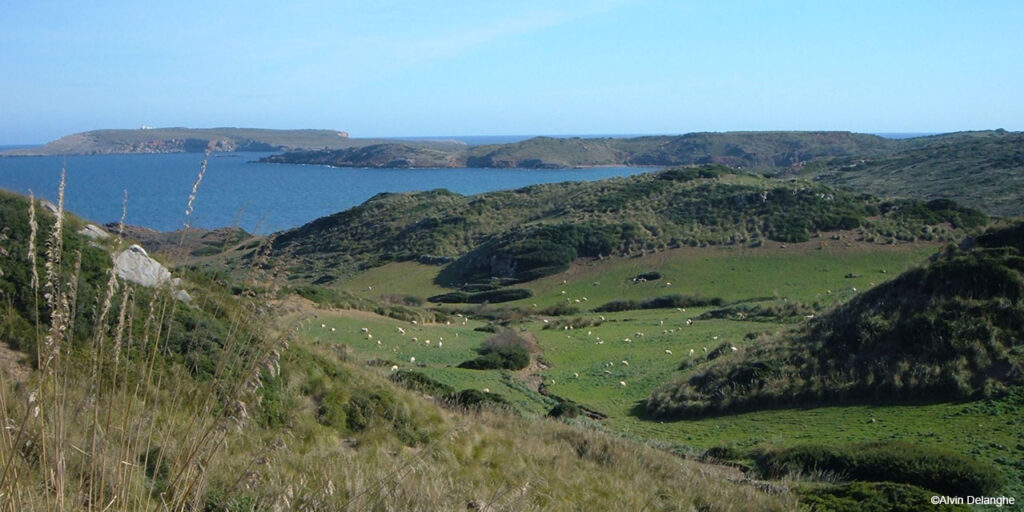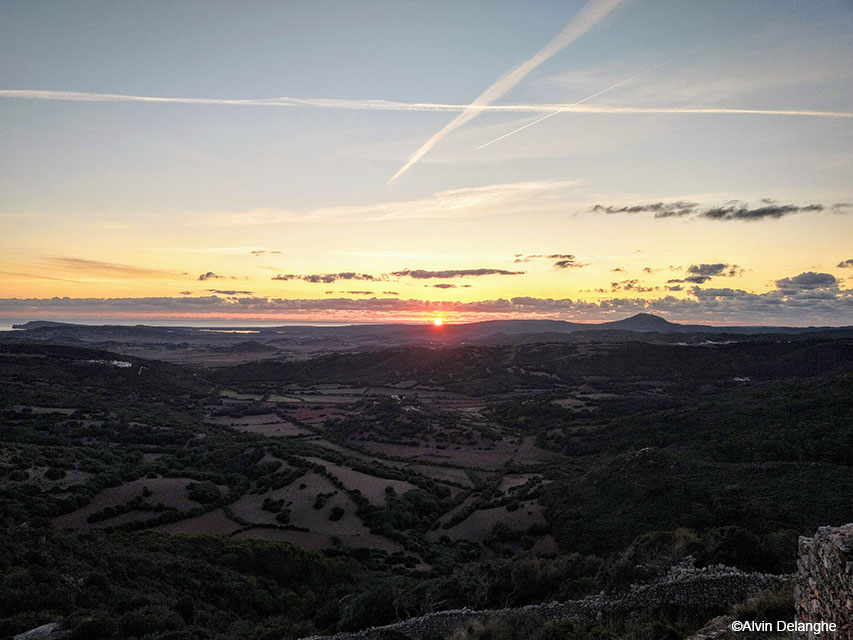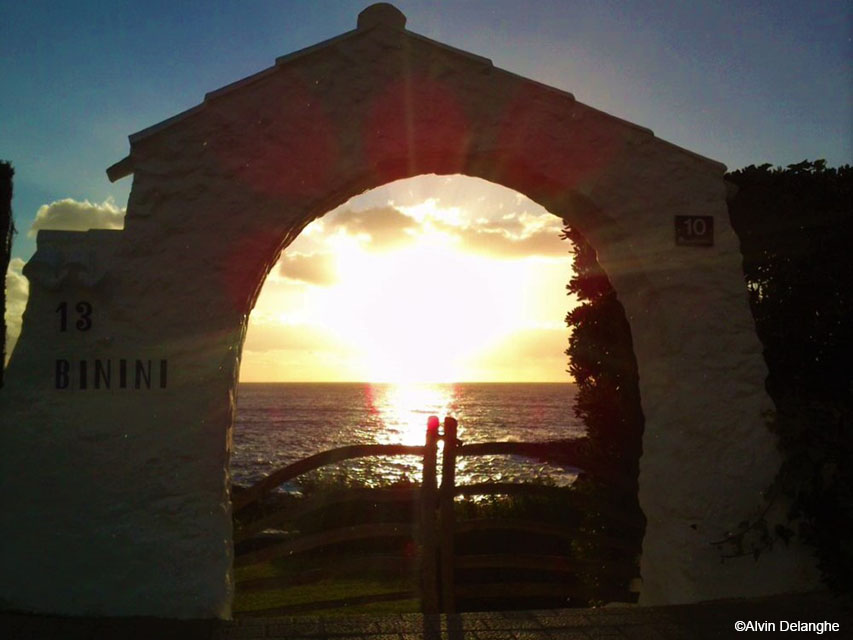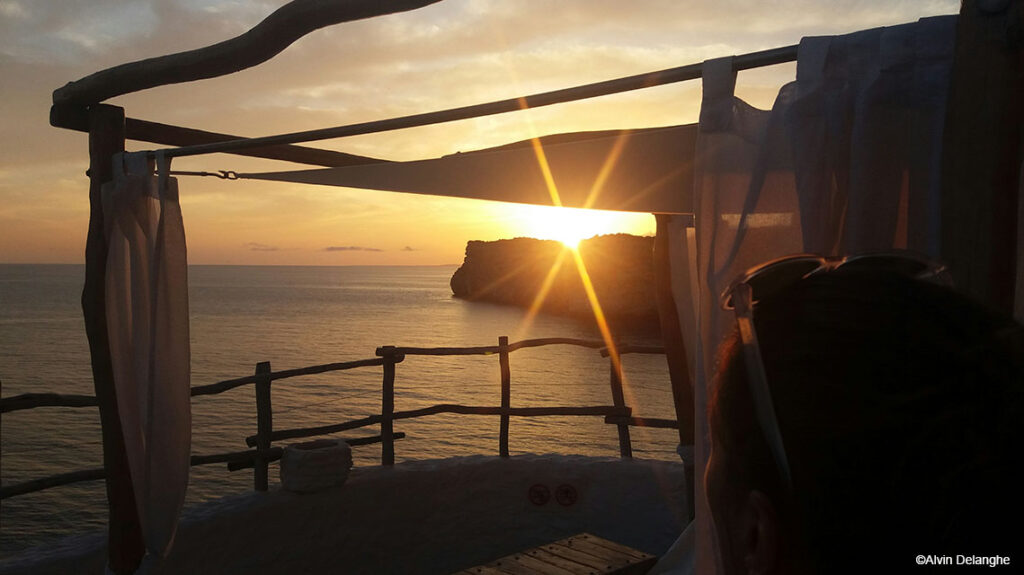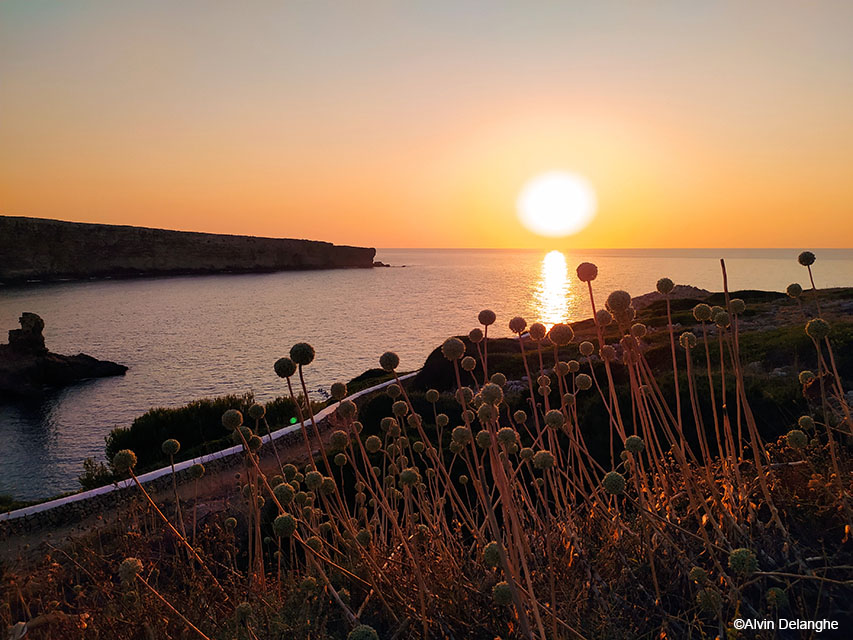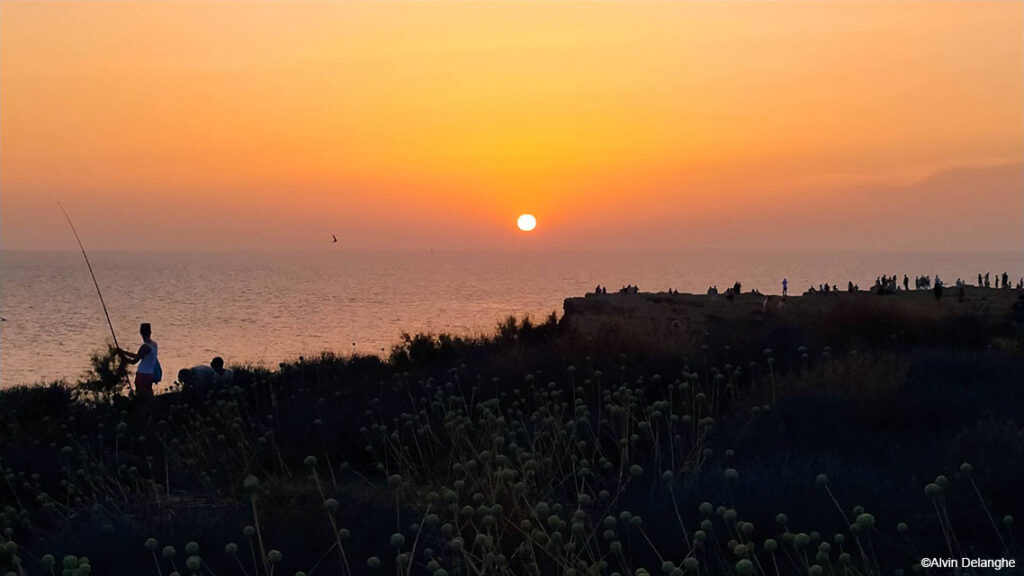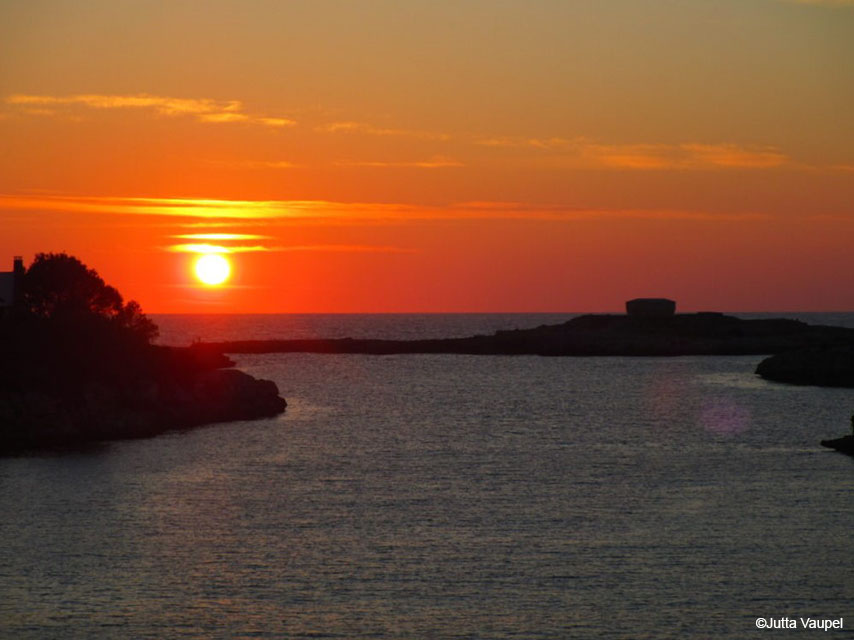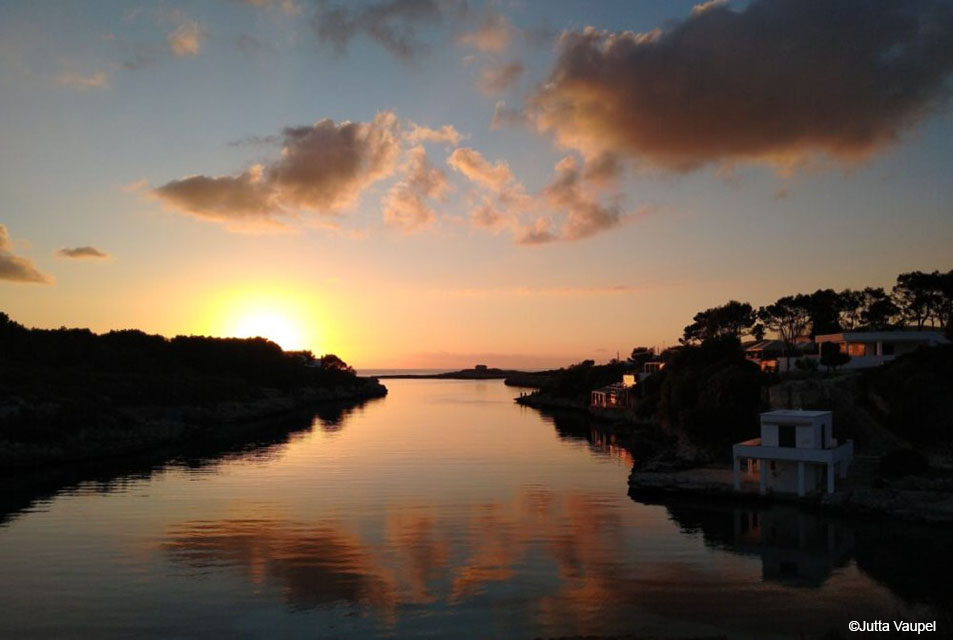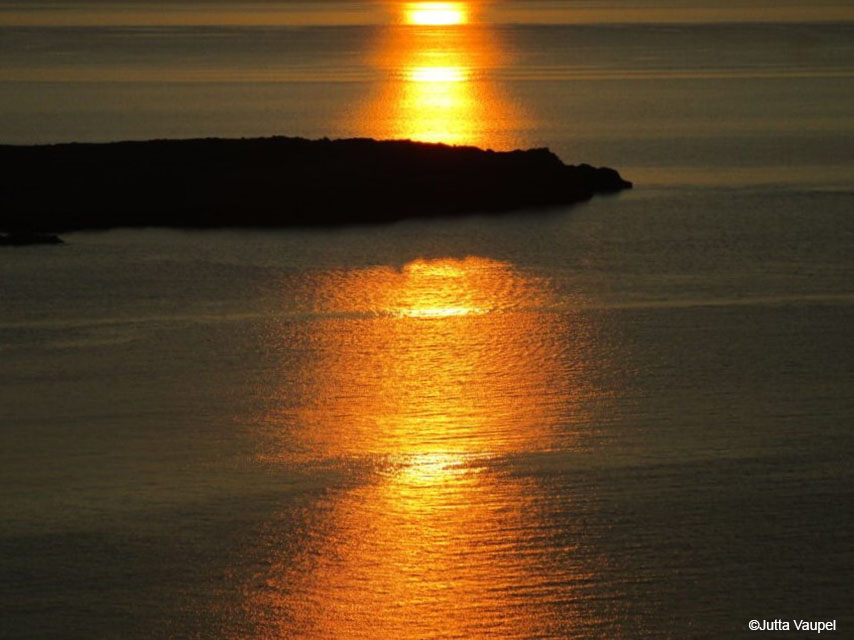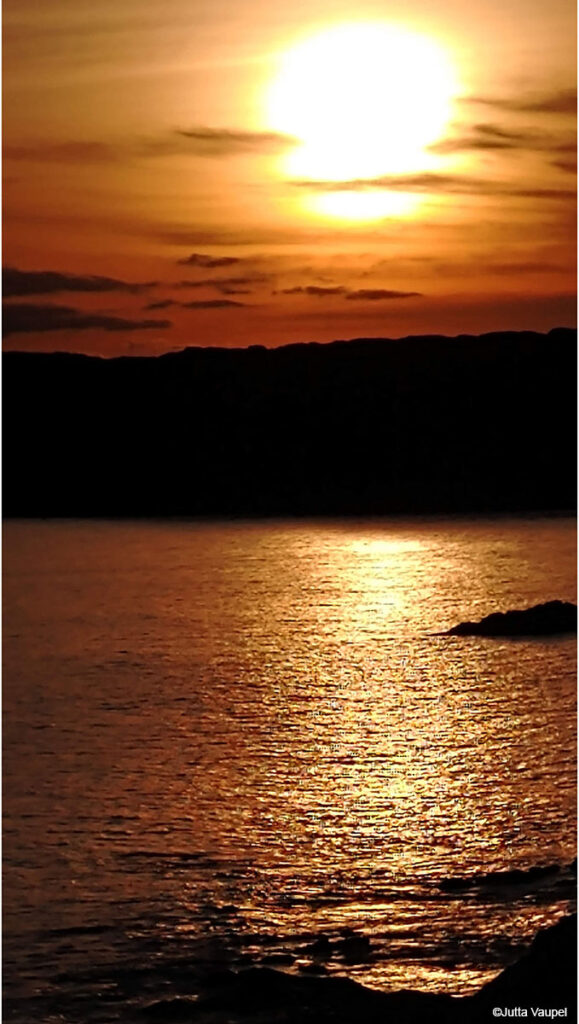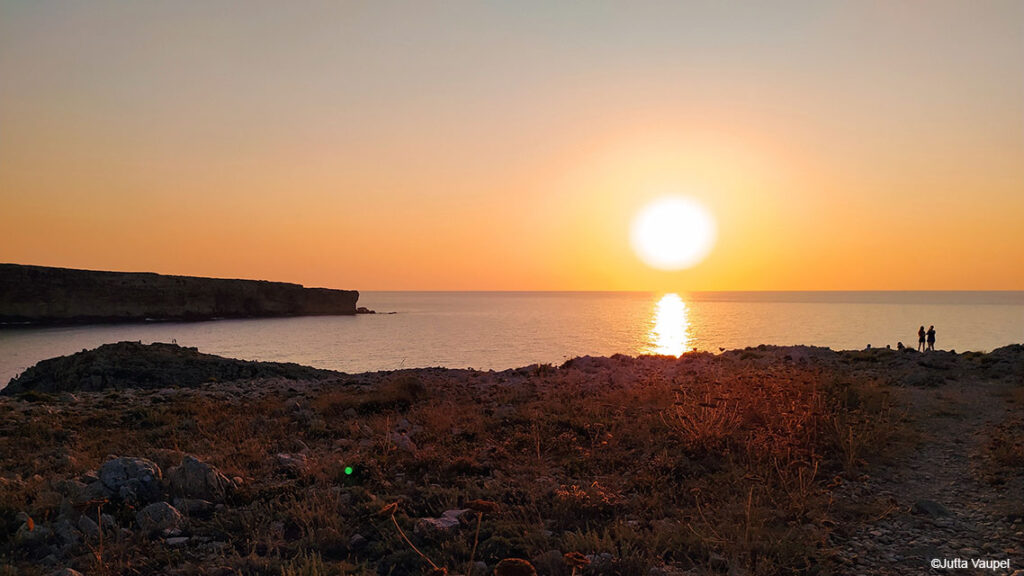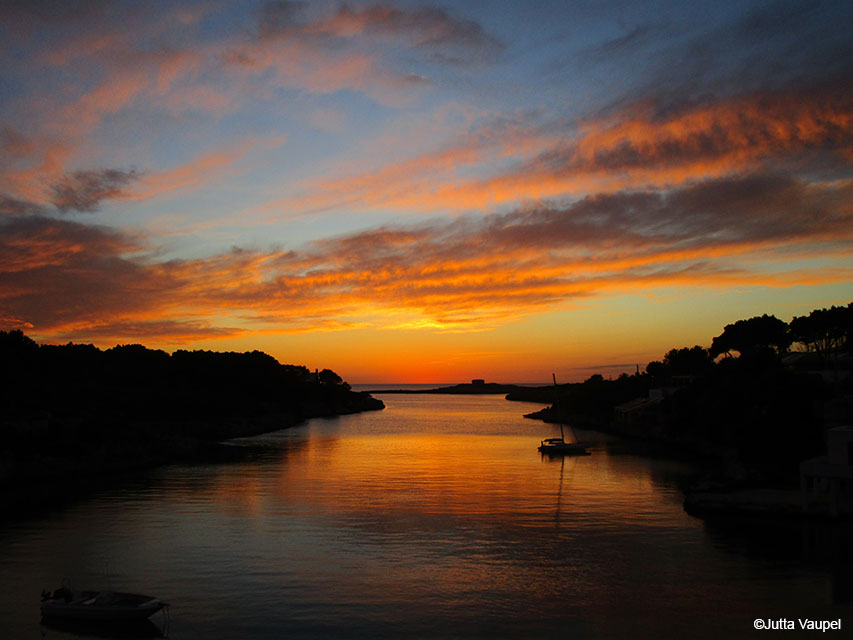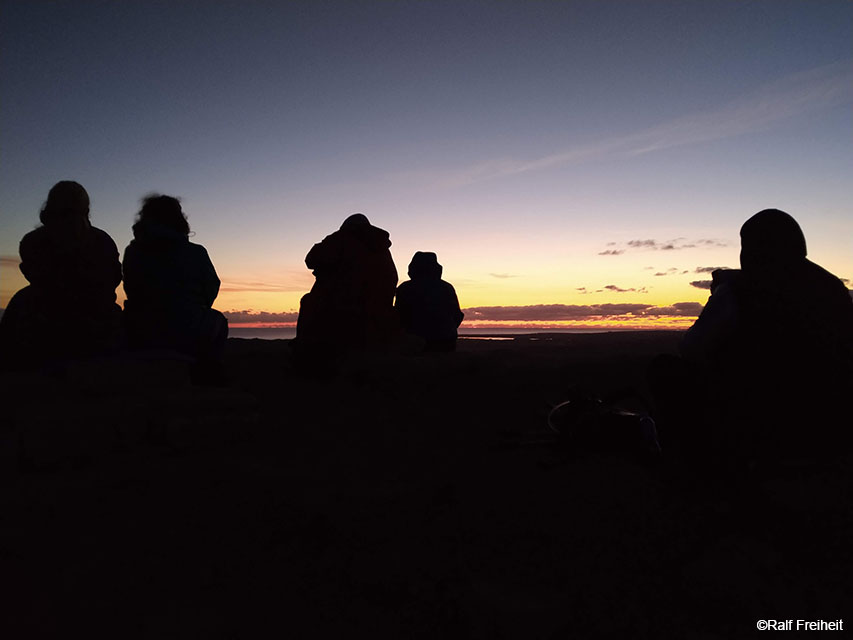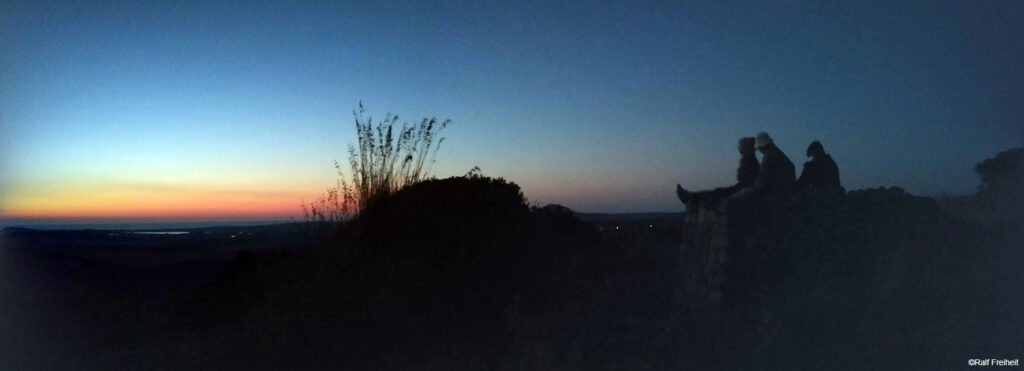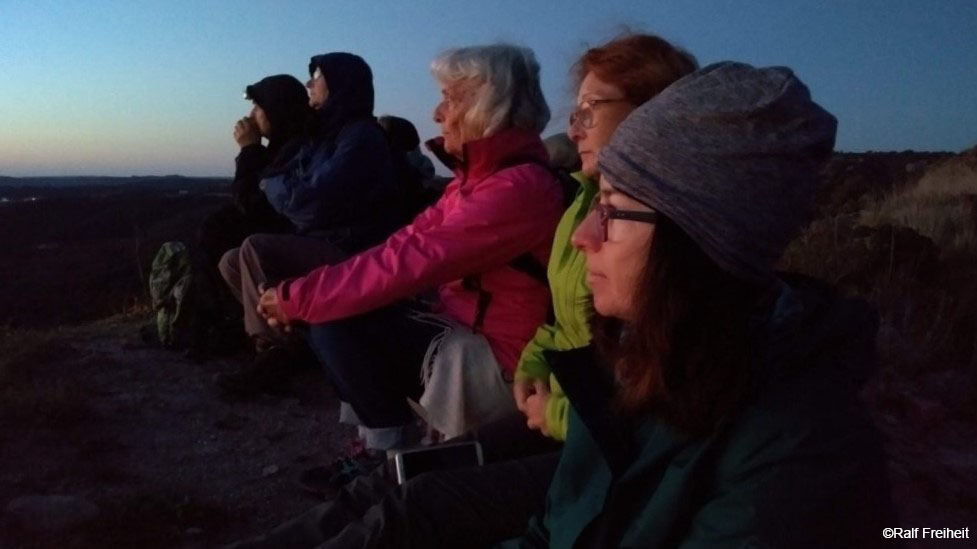Content
Sunrises and sunsets
Menorca, being the easternmost point of the country, is the first to receive the rays of the morning sun in the whole of Spain.
On the other hand, at the end of the day, our spectacular sunsets have become a great attraction for tourists. Some of the lighthouses and various cliffs and beaches have become particularly popular points from which to enjoy them.
Flora and fauna
Flora
Spring, autumn and winter are the best seasons to enjoy Menorca’s diverse and varied flora.
The insularity, the geological diversity, the island’s climate with its characteristic north wind (the tramuntana), the marine influence that, Menorca being small, is felt practically throughout the island, as well as human activity over the centuries have contributed to the immense floristic wealth of Menorca. Currently the catalogue of vascular flora has just over 1,400 species.
In coastal environments, especially on the north coast which is flayed by the tramuntana wind, the plant communities that have specialized and adapted to the extreme conditions draw most attention, such as the socarells (compact, spiny, cushion-shaped bushes), which have two endemisms exclusive to Menorca, and medicinal aromatic plants such as the famous Mahon chamomile.
A quarter of the surface of Menorca is covered by dense woods of pines, wild olives and holm oaks. The southern ravines, many of them with permanent streams and protected from the north wind, have their own microclimate that allows exuberant aquatic and wetland vegetation.
Menorca has 18 species of orchids, the vast majority of them spring flowering, including one exclusive to the Balearic Islands: Ophrys balearica.
Wild flowers are to be seen everywhere in the fields, meadows, roadsides and hillsides of the Menorcan countryside. Many have been influenced and abetted by human activity such as poppies, daisies, gladioli, wild garlic, thistles or French honeysuckle (Hedysarum coronarium).
A special mention must be made of an underwater “super-plant” of terrestrial origin: Posidonia oceanica. Posidonia meadows act like authentic aquatic forests, oxygenating seawater through photosynthesis, thereby maintaining its transparency. These ecosystems serve as habitat and refuge for many species, fix the seafloor and dissipate the force of the waves thus reducing the erosion of the coasts. Furthermore, the dead leaves washed up onto the shore form a natural barrier which protects the beaches from wave and wind erosion, and at the same time they regenerate the beaches with the sand which is derived from the organic marine remains deposited alongside them.
Fauna
Insects
The abundance and floristic diversity of Menorca has promoted the presence of more than 40 species and subspecies of diurnal butterflies, some of which are now in danger of extinction in other parts of the planet.
In Menorca you can see 20 species of dragonflies, many varieties of grasshoppers, crickets, cicadas, mantises and more than 2000 species of beetles. Fortunately, bees and bumblebees still abound.
Birdlife
Menorca is a true paradise for those interested in ornithology. Nearly 300 species of birds, between residents and migrants, have been registered here in Menorca. Menorca’s central location, in the middle of the western Mediterranean, means that you can observe nearly all the species that migrate to northern Europe in spring and those that return to southern Europe or Africa in autumn.
Above all in the wetlands, you can spot birds such as the Cetti’s warbler, streaked fantail warblers, reed warblers, the kingfisher, various herons, mallards such as shovelers, coots, cormorants, as well as ospreys and booted eagles.
The colourful bee-eater is to be found in sandy areas near the wetlands. Seabirds include seagulls, common shags, shearwaters (Balearic shearwater) and storm petrels.
The Egyptian vulture has its habitat in the interior of the ravines as do many woodland birds such as nightingales and blackcaps.
In open areas with little vegetation besides hoopoes and common linnets we can see red kites and peregrine falcons. In the villages and fields there are house sparrows, swifts, crag martins as well as barn owls and kestrels.
Marine fauna
In 1999 the Northern Marine Reserve of 5,200 ha was created to protect the species that inhabit the waters off the Menorcan coast. Restrictions and controls on fishing activity in recent years have promoted the proliferation of a varied and extensive marine fauna.
Decapod crustaceans include spiny and European lobster, crabs and langoustine (Norway lobster), as well as many varieties of prawns and shrimps. There are also many molluscs such as clams, mussels, razor clams, squids and common Mediterranean fish such as scorpionfish, grouper, sea bass, angler, hake, rays, red mullet and so on.
Reptiles and amphibians
Apart from the Balearic or Lilford’s wall lizard (Podarcis lilfordi), an endemic species of Mallorca and Menorca which currently only survives on uninhabited islets, all Menorca’s reptiles and amphibians arrived on the island with man a few thousand years ago.
In total there are 3 species of lizards, 2 of geckos and 3 of snakes, all of which are harmless. In addition, the island has a significant population of Mediterranean tortoises that live in the shrub- and woodlands.
In the streams and wetlands aquatic turtles and European pond turtles survive. Loggerhead sea turtles from the Eastern Mediterranean are coming with increasing frequency to the Menorcan beaches to lay their eggs.
As for amphibians there are only 2 species: the Mediterranean tree frog and the Balearic green toad.
Mammals
Almost all the mammals that are found on the island arrived with man.
There are rabbits, hedgehogs, martens (Martes martes minoricensis), weasels, 12 species of bats, 2 species of rats, garden dormice, other species of rodents and the endemic Menorcan shrew (Crocidura suaveolens balearica), the smallest micro-mammal to be found in Menorca.
The Menorcan horse, omnipresent in the Menorcan countryside, deserves a special mention. The breed was recognized in 1988 and is the main protagonist of the island’s festivals.
As for domestic cattle, there is the Menorcan vermilion cow, which is an autochthonous breed. Its meat is highly appreciated and the famous Mahón-Menorca cheese (with Protected Designation of Origin) is made from its milk. In addition, there are other autochthonous species such as the Menorcan sheep, the Menorcan hen and the Mallorcan black pig that is found throughout the Balearic Islands.
